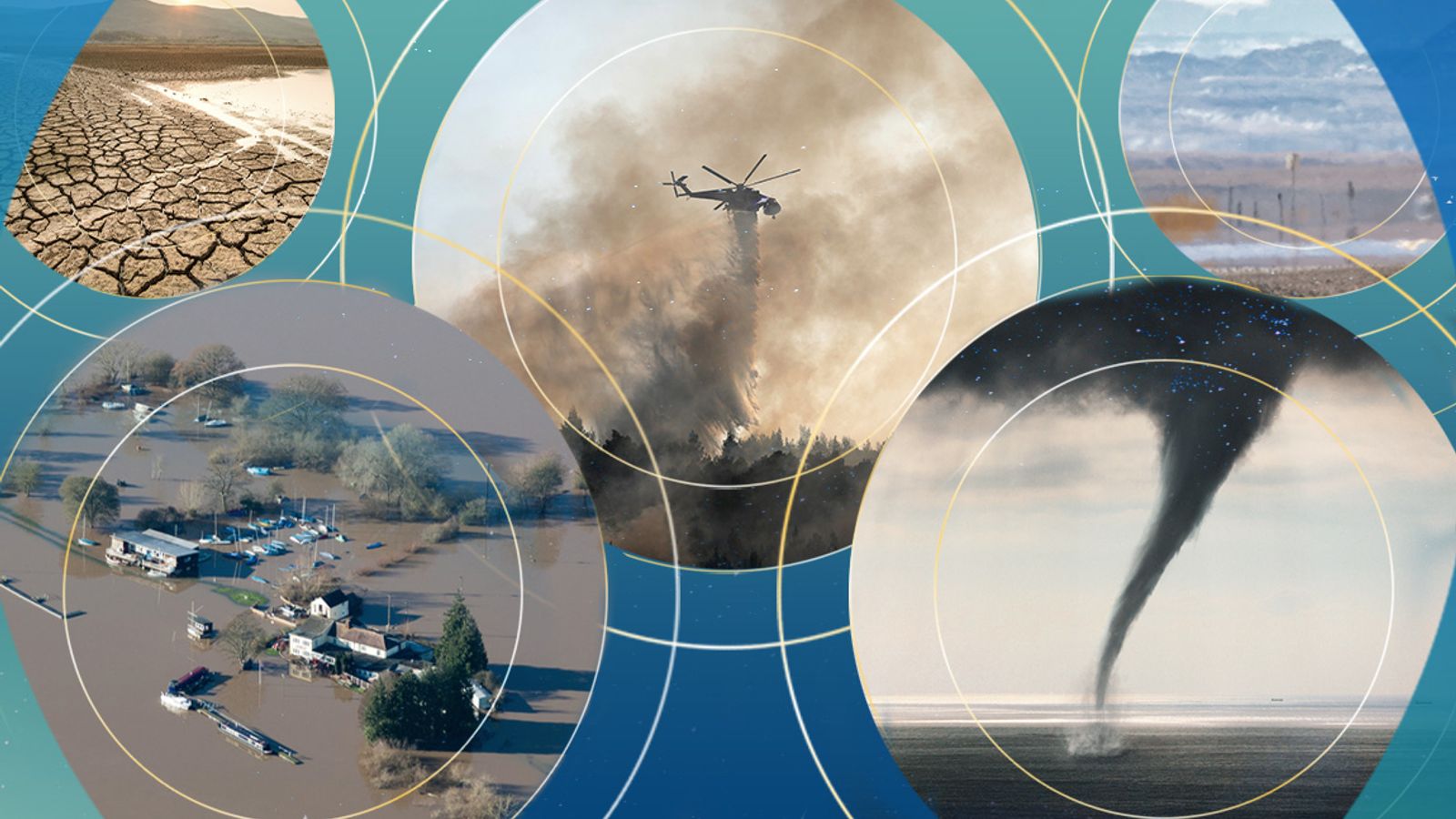Levels of planet-heating greenhouse gases in the atmosphere reached record highs again last year, UN scientists have warned just a week before global climate negotiations begin.
Levels of carbon dioxide (CO2) and other heat-trapping gases in the atmosphere rose at a faster rate in 2020 than at any point during the previous decade, with the trend continuing into 2021, the UN’s World Meteorological Organisation (WMO) said.
Even lockdowns triggered by the COVID-19 pandemic “did not have any discernible impact on the atmospheric levels of greenhouse gases and their growth rates”, the report said, although there was a temporary decline in new emissions.
If greenhouse gas concentrations continue to rise at current rates, the world will overheat “far in excess” of the Paris Agreement targets of 1.5-2C above pre-industrial levels, said WMO secretary-general Professor Petteri Taalas.
As long as emissions continue, global temperature will continue to rise, which will bring more weather extremes including intense heat and rainfall, ice melt, sea-level rise and ocean acidification, accompanied by far-reaching socioeconomic impacts.
The Greenhouse Gas Bulletin contains a “stark, scientific message for climate change negotiators at COP26“, warned Prof Taalas.
Leaders and negotiators will meet in Glasgow from next Monday for two weeks of intense climate negotiations, widely regarded as the world’s best last chance to avoid climate breakdown.
COP26 latest: ‘We need to revisit our whole way of life,’ UN scientists say as alarming greenhouse case report released
Climate change: Is carbon offsetting a ‘dangerous distraction’ or necessary for net zero?
COP26: Russia’s President Vladimir Putin will not attend climate change summit in Glasgow, Kremlin announces
Although COP26 may see a dramatic increase in commitments, the world must “transform our commitment into action”,
Prof Taalas said.
He urged the world to “revisit our industrial, energy and transport systems and whole way of life”.
Subscribe to ClimateCast on Spotify, Apple Podcasts, or Spreaker.
“The needed changes are economically affordable and technically possible. There is no time to lose,” he added.
Concentration of CO2, the most important greenhouse gas, reached 413.2 parts per million in 2020 and is 149% of the pre-industrial level. Methane (CH4) is 262% and nitrous oxide (N2O) is 123% of the levels in 1750 when human activities started disrupting Earth’s natural equilibrium.
Prof Euan Nisbet, of the Greenhouse Gas Group, Royal Holloway, said the “extreme growth” of methane was “especially worrying”.
“[This] suggests strong feedbacks may be at work, the warming feeding the warming,” he said.
Please use Chrome browser for a more accessible video player
Watch the Daily Climate Show at 6.30pm Monday to Friday on Sky News, the Sky News website and app, on YouTube and Twitter.
The show investigates how global warming is changing our landscape and highlights solutions to the crisis.






















